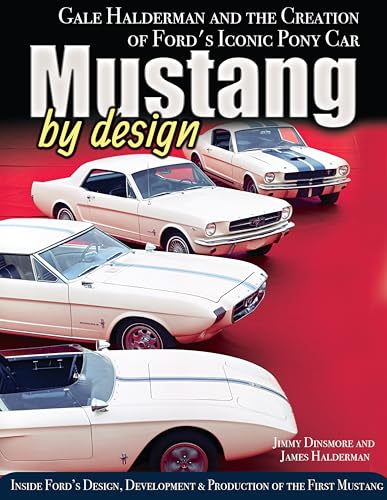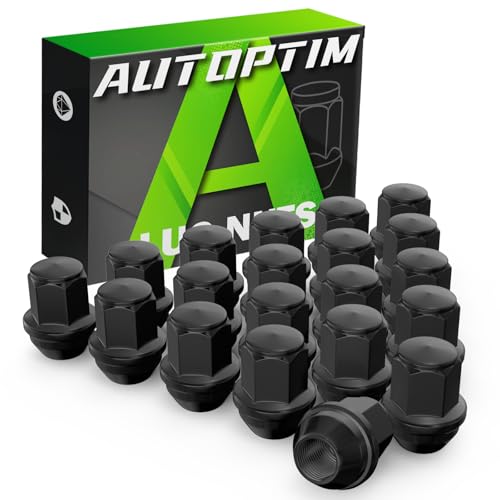pjs2pc,
Agree 100% with what has been recommended here so far.
I would add, don't chase numbers on a timing curve unless you 100% know where TRUE TDC is, Ford balancers can and will slip as well as the pointer can be manipulated keep retarding timing until the detonation is gone (that will save your engine.
check your PCV system for proper operation and make sure that it is not sucking a bunch of oil causing the detonation, a leaking intake manifold gasket can cause the same, pulling in oil from the lifter valley.
You did not state vacuum or mechanical on the Holley, if vacuum, I like to know exactly what rpm the secondary's are just starting to open, too soon and you will get a lean bog, and if you are (all in on timing) possibly lean detonation.
I have found a hitch pin clip works well, placed between the stem of the diaphragm rod and the housing, just snug up the clip and start making passes, might be helpful to know what color spring you have .in there too.
You might be surprised what opening too soon adversely effects performance, if you hear the secondary's open, that is too soon.
Boilermaster





















































